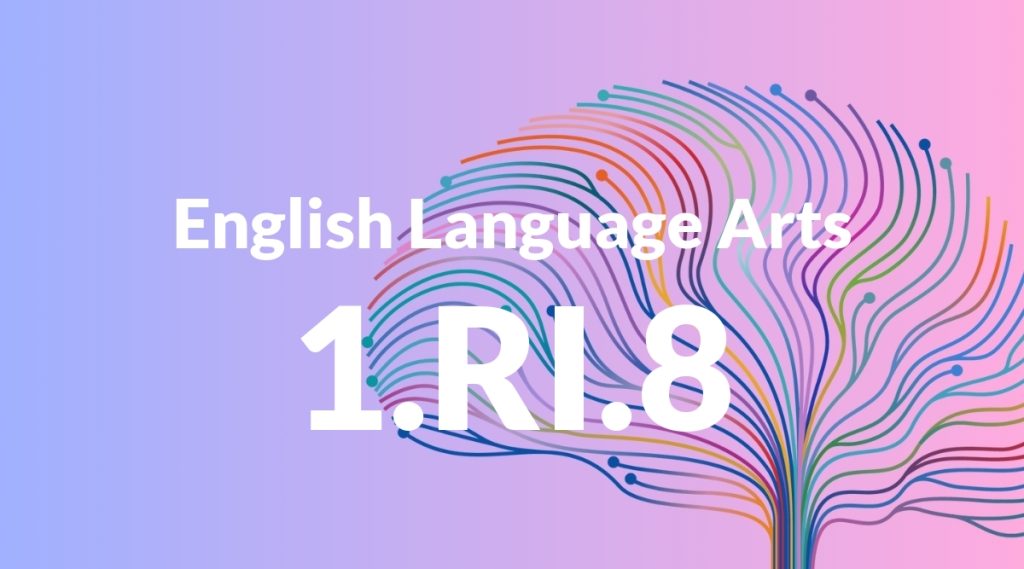Standard: 1.RI.8 – Identify the reasons an author gives to support points in a text.
Grade level: Grade 1
Subject: English Language Arts
Domain: Reading: Informational Text
Teacher Overview
This standard focuses on helping students identify the reasons an author gives to support points in a text. This skill is crucial for developing critical thinking and comprehension abilities, as it lays the foundation for more advanced analytical skills in later grades. Students should be familiar with identifying the main idea and understanding basic cause-and-effect relationships.
After mastering this standard, students will be able to critically evaluate the strength of an author’s reasons and distinguish between strong and weak arguments in more complex texts.
Common Misconception 1
A common misconception is that any detail in the text is a reason supporting the main point. This is incorrect because not all details serve to support the author’s main argument.
Intervention 1
Use graphic organizers like T-charts to help students visually separate reasons from other information in the text.
Common Misconception 2
Another misconception is that personal opinions or unrelated facts are reasons supporting the author’s point. This is incorrect because valid reasons must be directly related to the author’s main point.
Intervention 2
Use guided practice with examples and non-examples to help students understand what constitutes a valid reason supporting a point.
Prerequisite Knowledge
Students should be able to recognize the main idea of a text and understand basic cause-and-effect relationships in stories and real-life situations.
Subsequent Knowledge
Students will develop the ability to critically evaluate the strength of an author’s reasons and distinguish between strong and weak arguments in more complex texts.
Instructional Activities
- Use a T-chart to separate reasons from other details in a text.
- Have students work in pairs to identify reasons in a short informational text.
- Create a classroom discussion around reasons given in a simple news article.
- Use role-playing to explore reasons behind characters’ actions in stories.




